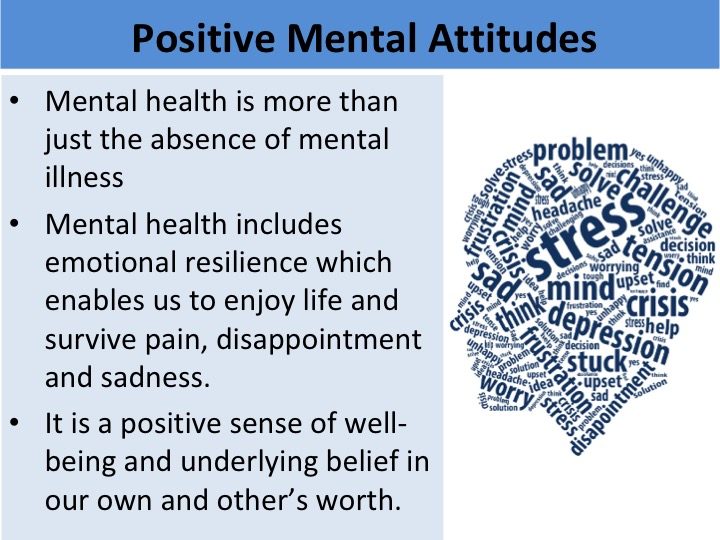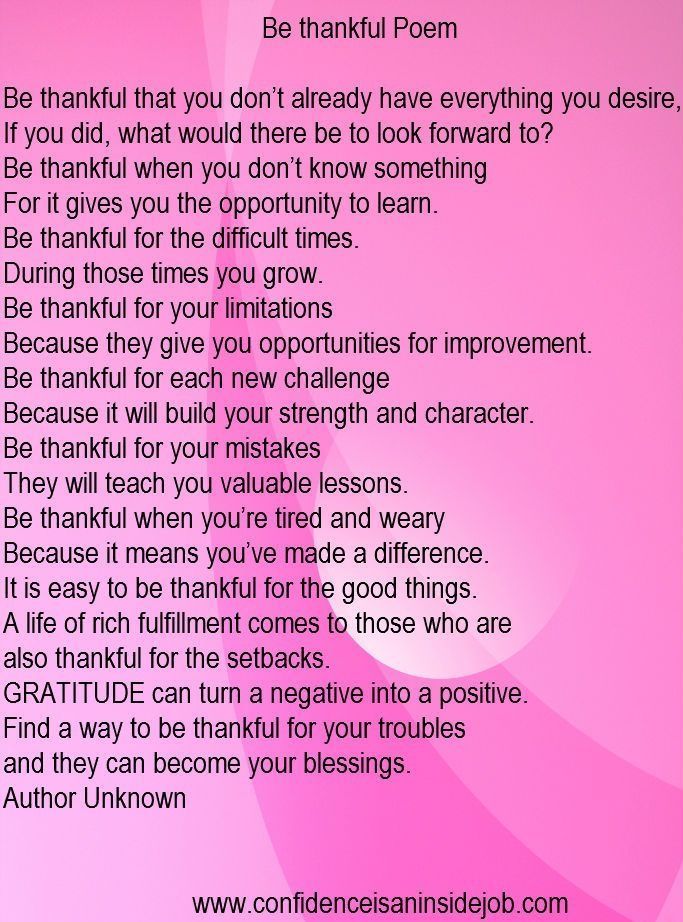The center for emotional health of greater philadelphia
CEH Web – ceh website
Anxiety and related disorders
Agoraphobia
Social Anxiety Disorder
Panic Disorder
Specific Phobia
Selective Mutism
Separation Anxiety Disorder
Generalized Anxiety Disorder
Post Traumatic Stress Disorder
Obsessive Compulsive and Related Disorders
Trichotillomania (Hair Pulling Disorder)
Excoriation (Skin Picking) Disorder
Obsessive Compulsive Disorder
Body Dysmorphic Disorder
Hoarding Disorder
Neurodevelopmental disorders
Tic Disorder
Tourette’s Disorder
Disruptive Behavior Disorders
Attention Deficit Hyperactivity Disorder
Learning Disorders
Psychoeducational Evaluation and School Consultation
Psychological Evaluation and Forensic Psychological Evaluation
Child and Family Services
with CEH FamilyCare
Group Programs
At The Center for Emotional Health of Greater Philadelphia (CEH), we recognize the importance of connecting with others who have shared experiences. In addition to individual assessment and therapy, we facilitate skills-based cognitive behavioral therapy (CBT) groups which utilize the group context to enhance therapeutic outcomes.
We also facilitate ongoing support groups to reduce the shame and stigma that are too often associated with psychological struggles.
Our Staff
With a large staff of highly trained clinical specialists and office locations in Cherry Hill & Princeton, NJ, The Center for Emotional Health of Greater Philadelphia (CEH) is the region’s premier outpatient behavioral healthcare provider specialized in the evaluation and evidence-based treatment of anxiety disorders, obsessive-compulsive and related disorders, and neurodevelopmental disorders.
CEH’s FamilyCare center brings innovative clinical programming, consultation, and direct psychoeducational evaluation and clinical intervention services to schools, children, and their families in a comprehensive and coordinated service delivery model.
CEH in the Media
CEH clinicians provide expertise via written articles, interviews, and consultation to media outlets in the interest of raising mental health awareness in and beyond our communities, in local and national arenas, providing education and discussion on a variety of mental health topics.
Expertise Within Reach
Our Locations
CEH Cherry Hill
1910 Route 70, East, Suites 7 & 5
Cherry Hill, NJ 08003
(Atrium Professional Center)
- Anxiety and Related Disorders
- Obsessive Compulsive and Related Disorders
- Tic disorders and Tourette’s disorder
- Insomnia
- Psychological & forensic psychological evaluation
CEH Princeton
601 Ewing Street, Suite C-2
Princeton, NJ 08540
- Anxiety and related disorders
- Obsessive compulsive and related disorders
- Tic disorders and Tourette’s disorder
CEH Telehealth
New Jersey, Pennsylvania, Virginia
Call to inquire regarding other states of residence
- Anxiety and related disorders
- Obsessive compulsive and related disorders
- Tic disorders and Tourette’s disorder
CEH FamilyCare
1930 Route 70, East, Suite R91
Cherry Hill, NJ 08003
(856) 220-9672
- Attention deficit/hyperactivity disorder (ADD/ADHD)
- Learning disorders
- Disruptive behavior disorders
- Interpersonal/relationship struggles
- Parent training/behavioral intervention
- Psychological evaluation and school consultation
- Clinical training and consultation
What They Say
One of the most amazing lessons psychology has to offer is understanding the power of perception.The way we feel and how we respond to those feelings are created by the way in which we choose to perceive the world. Change your perception, and you can change anything.
Dr. Michael Wiltsey
2018-11-03T09:35:06+00:00
Dr. Michael Wiltsey
One of the most amazing lessons psychology has to offer is understanding the power of perception. The way we feel and how we respond to those feelings are created by the way in which we choose to perceive the world. Change your perception, and you can change anything.
https://thecenterforemotionalhealth.com/testimonials/amy-mcdonald/
All the best things in life are on the other side of fear.
Dr. Anton Shcherbakov
2018-11-03T09:35:37+00:00
Dr. Anton Shcherbakov
All the best things in life are on the other side of fear.
https://thecenterforemotionalhealth.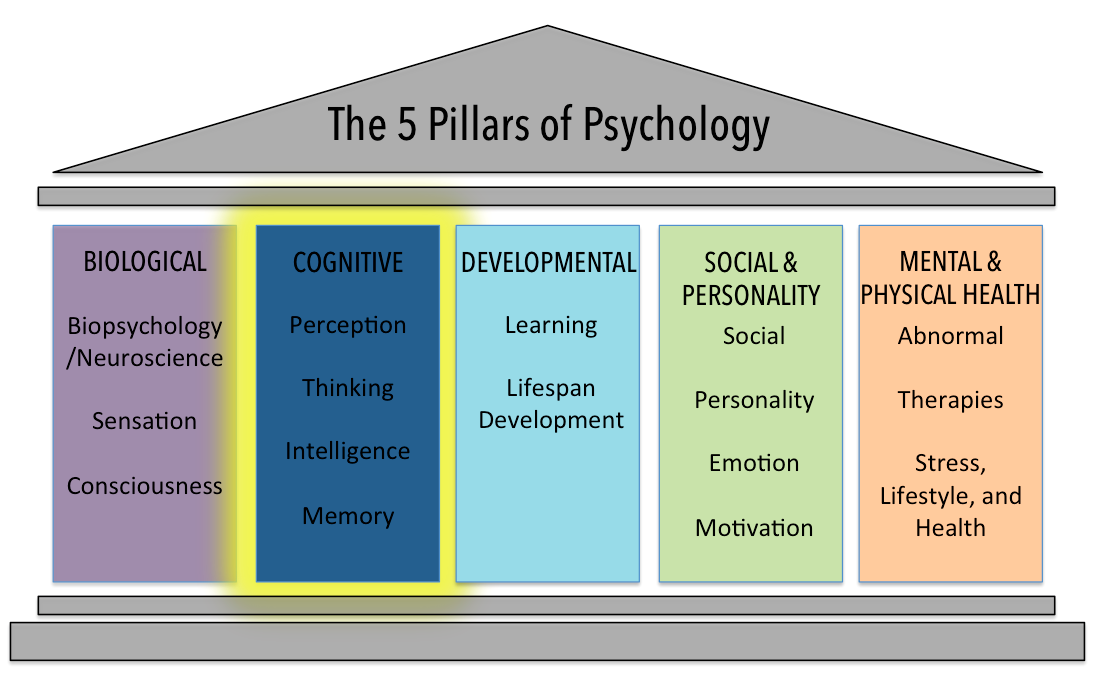 com/testimonials/amy-mcdonald-2/
com/testimonials/amy-mcdonald-2/
There is no better feeling than the reward that comes from helping another human being who is struggling to overcome their distress and move forward in his or her life.
Dr. Michael Wiltsey
2018-11-26T17:46:19+00:00
Dr. Michael Wiltsey
There is no better feeling than the reward that comes from helping another human being who is struggling to overcome their distress and move forward in his or her life.
https://thecenterforemotionalhealth.com/testimonials/dr-michael-wiltsey/
I love seeing the smile on people's faces when they realize they could more than they ever dreamed.
Dr. Anton Shcherbakov
2018-11-26T17:46:50+00:00
Dr. Anton Shcherbakov
I love seeing the smile on people's faces when they realize they could more than they ever dreamed.
https://thecenterforemotionalhealth.com/testimonials/dr-anton-shcherbakov/
The best part of my job is seeing patients use what they have learned in therapy to take meaningful steps toward improving their lives.
Dr. Stephanie Scherr
2018-11-26T17:48:01+00:00
Dr. Stephanie Scherr
The best part of my job is seeing patients use what they have learned in therapy to take meaningful steps toward improving their lives.
https://thecenterforemotionalhealth.com/testimonials/dr-stephanie-scherr/
One of the reasons I love what I do is because it works. It’s very rewarding to watch people get better; to grow willing to face their fears, to become more confident, and to live the life they had wanted to live but couldn’t.
Dr. Jennifer Gola
2018-11-26T17:49:22+00:00
Dr. Jennifer Gola
One of the reasons I love what I do is because it works.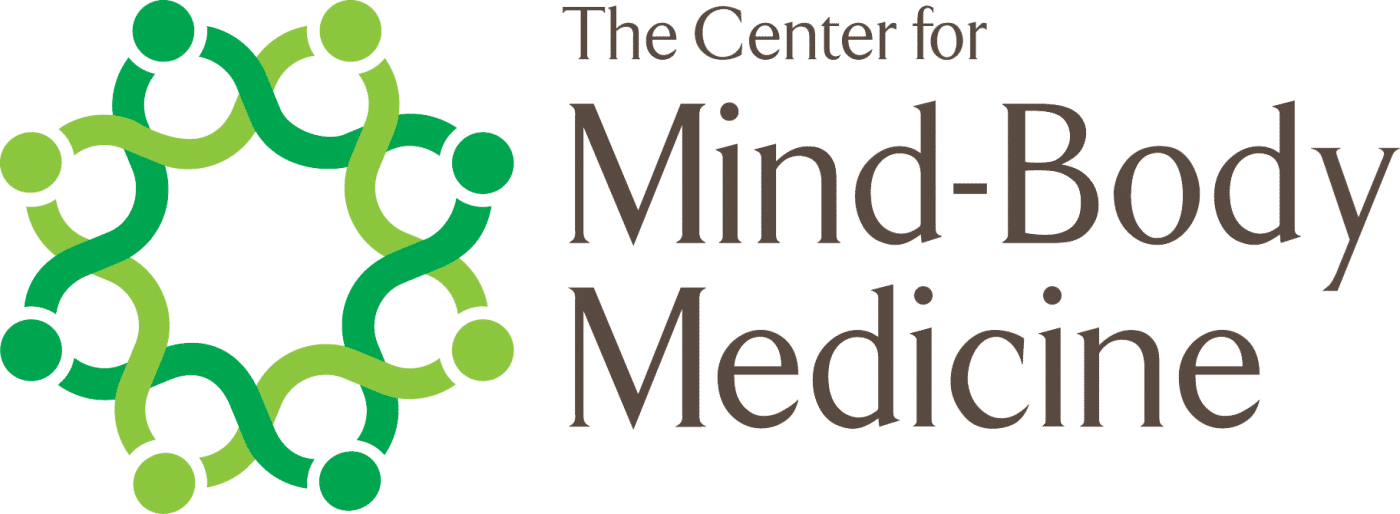 It’s very rewarding to watch people get better; to grow willing to face their fears, to become more confident, and to live the life they had wanted to live but couldn’t.
It’s very rewarding to watch people get better; to grow willing to face their fears, to become more confident, and to live the life they had wanted to live but couldn’t.
https://thecenterforemotionalhealth.com/testimonials/dr-jennifer-gola/
For me, mental health is about freedom. It's being able to live the life you choose.
Dr. Anton Shcherbakov
2018-11-26T17:55:15+00:00
Dr. Anton Shcherbakov
For me, mental health is about freedom. It's being able to live the life you choose.
https://thecenterforemotionalhealth.com/testimonials/dr-anton-shcherbakov-2/
Our Locations – CEH Web
Skip to content
The Center for Emotional Health has three office locations, two in the heart of Cherry Hill, New Jersey and one in the heart of Princeton, New Jersey. From the warm and inviting entryway waiting areas to the tastefully appointed treatment rooms, our offices were created with the goal of providing a safe, comfortable, and private environment for our clients.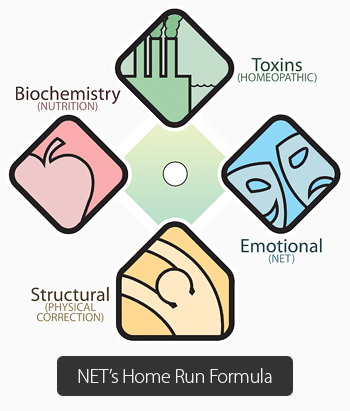
In addition to our physical office locations, in certain circumstances, such as exposure-based therapies, treatment sessions may be delivered in the settings where the difficulties are being experienced, such as within a patient’s home or in the community.
CEH clinicians deliver telehealth services for patients at a distance on case-by-case basis. CEH also provides treatment interventions on-site in collaboration with schools, other healthcare systems, or corporate offices.
CEH Cherry Hill
1910 Route 70, East, Suites 7 & 5
Cherry Hill, NJ 08003
(Atrium Professional Center)
(856) 220-9672
CEH Cherry Hill provides individual and family treatment, with an emphasis on evidence-based assessment and intervention.
- Anxiety and Related Disorders
- Obsessive Compulsive and Related Disorders
- Tic disorders and Tourette’s disorder
- Insomnia
- Psychological & forensic psychological evaluation
CEH Princeton
601 Ewing Street, Suite C-2
Princeton, NJ 08540
mail@thecenterforemotionalheath.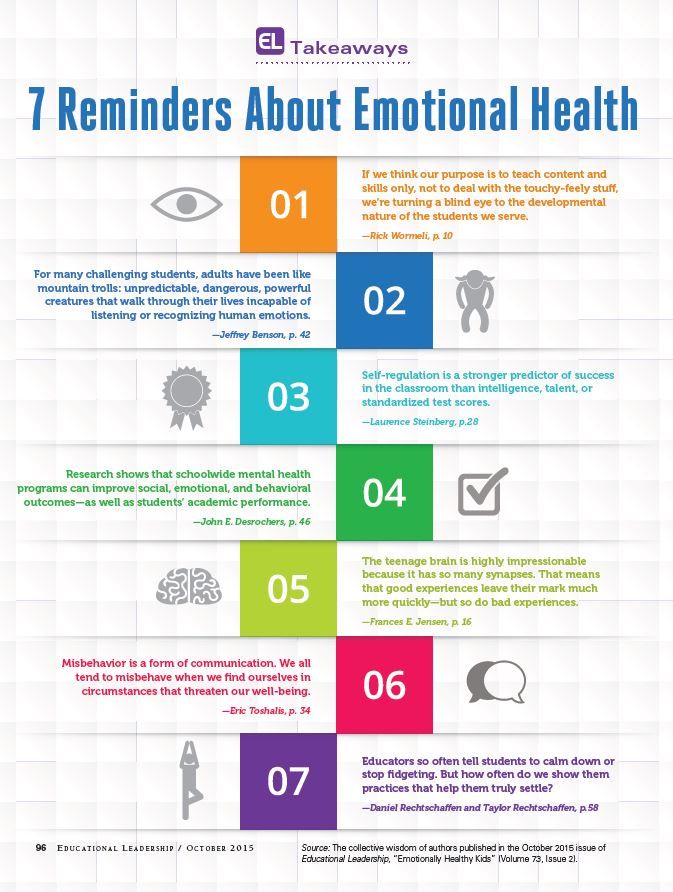 com
com
(856) 220-9672
CEH Cherry Hill provides individual and family treatment, with an emphasis on evidence-based assessment and intervention.
- Anxiety and Related Disorders
- Obsessive Compulsive and Related Disorders
- Tic disorders and Tourette’s disorder
- Insomnia
- Psychoeducational evaluation
CEH FamilyCare
1930 Route 70, East, Suite R91
Cherry Hill, NJ 08003
(856) 220-9672
CEH FamilyCare brings innovative clinical programming, consultation, and direct intervention services to children, adults, families, and schools. FamilyCare office location services provide evidence-based individual, group, and family intervention and consultation.
- Attention deficit/hyperactivity disorder (ADD/ADHD)
- Learning disorders
- Disruptive behavior disorders
- Interpersonal/relationship struggles
- Parent training/behavioral intervention
- Psychological evaluation and school consultation
- Clinical training and consultation
CEH has continually expanded throughout the years to meet the needs of our clients.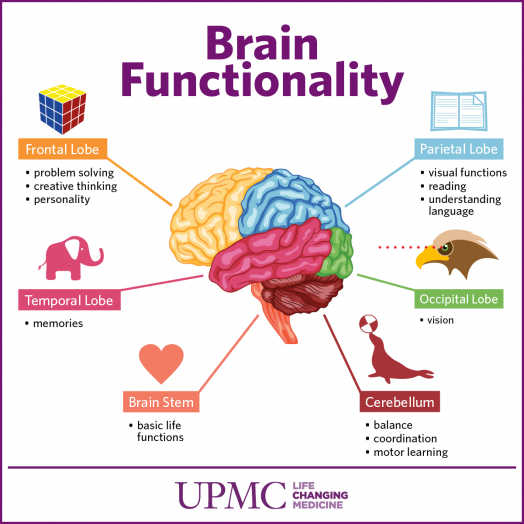 Currently, between our three locations, we offer 17 treatment rooms, allowing us to serve a greater number of clients than ever before. In 2018 alone, CEH clinicians provided over 12,000 sessions.
Currently, between our three locations, we offer 17 treatment rooms, allowing us to serve a greater number of clients than ever before. In 2018 alone, CEH clinicians provided over 12,000 sessions.
Your path to emotional health begins here.
centers of treatment of depression in Philadelphia, Pension
MEDITURES OF Depression in Philadelphia, Pennsylvania
Author Filipa Gold Edited to Hugh SOMS Counted Dr. Rut
9000 9000 9000 9000 9000 9000 9000 9000 9000 9000 9000 9000 9000 9000 9000 9000 9000 9000 9000 9000 9000 9000 9000 9000 9000 buy something through our ads or external links, we may earn a commission.Types of depression treatment centers
-
Depression Treatment Centers in Philadelphia, PA can help treat a range of symptoms of depression, and there are many different types of treatment centers.
-
Apartment building. All patients in this type of facility live in the same apartment building or group of buildings in Philadelphia, Pennsylvania.

-
Farm Depression Center in Philadelphia, Pennsylvania. This type of facility is often long-term and helps you learn important farm life skills while you attend clinical therapy.
-
Depression Group Home Residential Rehabilitation Centers - Similar to apartment buildings but a little more intimate, this setting is designed to provide a homely feel for Philadelphia, Pennsylvania residents.
-
Philadelphia, PA Depression Treatment Centers: Clinical Residence. Although these are clinical centers, they often offer a comfortable environment and on-site care and support groups.
REMEDY WELLBEING - Serving International Clients from Philadelphia, PA
WELLBEING REMEDY - Philadelphia, PA
Are you at a point where you know your life needs to change? Are you looking for more peace, satisfaction and purpose? REMEDY Wellbeing exists to help clients in Philadelphia, PA find peace of mind in line with your highest values, whatever those values may be.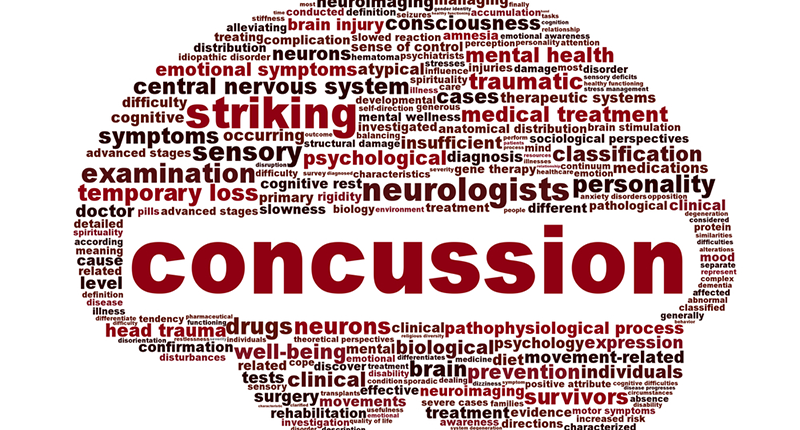 A stress-free, non-judgemental treatment for emotional, physical and psychological well-being. REMEDY Wellbeing supports a wide range of health concerns in Philadelphia, PA, including addiction, anxiety, insomnia, depression, burnout, injury, weight loss, rejuvenation and rejuvenation, and biochemical recovery and nutritional balance. Available online in Philadelphia, PA or at our exclusive luxury international retreats.
A stress-free, non-judgemental treatment for emotional, physical and psychological well-being. REMEDY Wellbeing supports a wide range of health concerns in Philadelphia, PA, including addiction, anxiety, insomnia, depression, burnout, injury, weight loss, rejuvenation and rejuvenation, and biochemical recovery and nutritional balance. Available online in Philadelphia, PA or at our exclusive luxury international retreats.
Specializations | Burnout, Alcohol, Injury, Substance, Anxiety, Depression, Gaming crisis, Smoking cessation, Process addiction
Complete online program | REMEDY@Home is a monthly program with investments ranging from $45.000 to $75.000 per month.
Remedy Wellbeing Signature Program | Designed for maximum online flexibility according to the needs of its customers, starting at $18.000 per month.
Complete residential concept | REMEDY starts at $304,000 per week.
Booking and evaluation
Go to key sections
Rehabilitation of depression in Philadelphia, Pennsylvania
The best centers for the treatment of depression in Philadelphia, Pennsylvania
Television centers
depression treatment in Philadelphia, PA
Many people in Philadelphia, Pennsylvania might assume that depression and other mental conditions are always cured and improved with occasional local therapy sessions in Philadelphia, Pennsylvania, or medication, but this is not the case for everyone. Depending on the severity of your condition in Philadelphia, PA and the amount of support you receive, choosing to spend time at one of the Philadelphia, PA depression treatment centers may be the perfect option for you to improve and heal from your condition.
Depression Rehabilitation Centers in Philadelphia, PA
Mental health problems, such as depression, can severely impact your quality of life.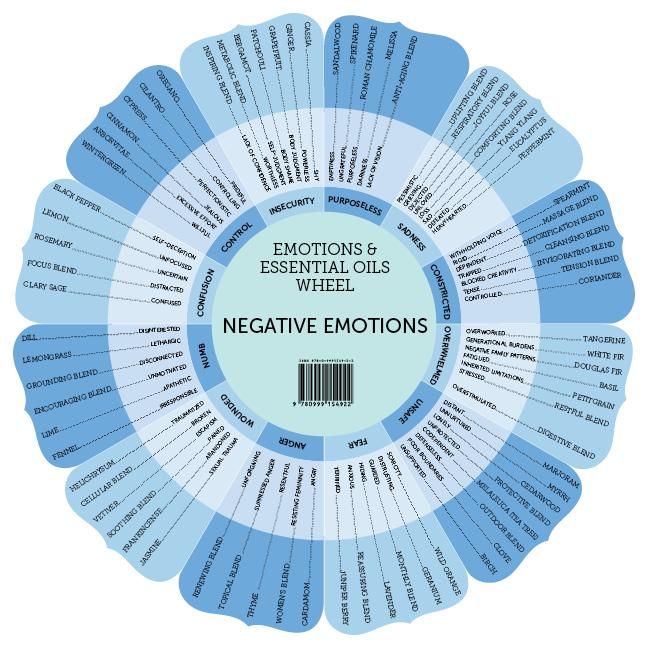 Periodic therapy sessions and medications may not completely resolve the problem. You may need a little extra attention, and there's nothing to be ashamed of. Everyone is different, everyone has a different lifestyle and different support. One Depression Treatment Centers in Philadelphia, PA (or those serving the area) can be the key to your healing.
Periodic therapy sessions and medications may not completely resolve the problem. You may need a little extra attention, and there's nothing to be ashamed of. Everyone is different, everyone has a different lifestyle and different support. One Depression Treatment Centers in Philadelphia, PA (or those serving the area) can be the key to your healing.
What are the Philadelphia, PA Depression Treatment Centers?
Depression treatment centers in Philadelphia, PA come in all shapes and sizes, but the approach to treatment and healing is often the same. Typically, patients receive regular individual therapy, supervised time, and other activities that help relieve and heal symptoms. After a stay at a depression center in Philadelphia, Pennsylvania, you are frequently discharged and encouraged to continue treatment. attend online therapy sessions to complete your experience.
What types of depression treatment centers are there in Philadelphia, Pennsylvania?
Philadelphia, PA Depression Treatment Centers generally have the same purpose and general practices, but location and setting may vary:
- Philadelphia, PA Depression Treatment Centers: Residential facility.
 All patients in this type of facility live in the same apartment building or group of buildings in Philadelphia, Pennsylvania. Patients live separately but gather with other patients for group therapy, and mental health professionals are always on site.
All patients in this type of facility live in the same apartment building or group of buildings in Philadelphia, Pennsylvania. Patients live separately but gather with other patients for group therapy, and mental health professionals are always on site.
- Depression Treatment Centers in Philadelphia, PA: Group Home - Similar to an apartment building but a little more intimate, this setting is designed to offer its patients a homely feel. This environment allows life to feel a little normal, but still live and connect with people who are on the same path as you. In apartments and group homes, patients often have jobs or activities outside the home of which they are a part, and mental health professionals often live in or in close proximity to the group home.
- Depression Treatment Centers in Philadelphia, PA: On-farm treatment facility. This type of facility is often long-term and helps you learn important farm life skills while you attend clinical therapy.
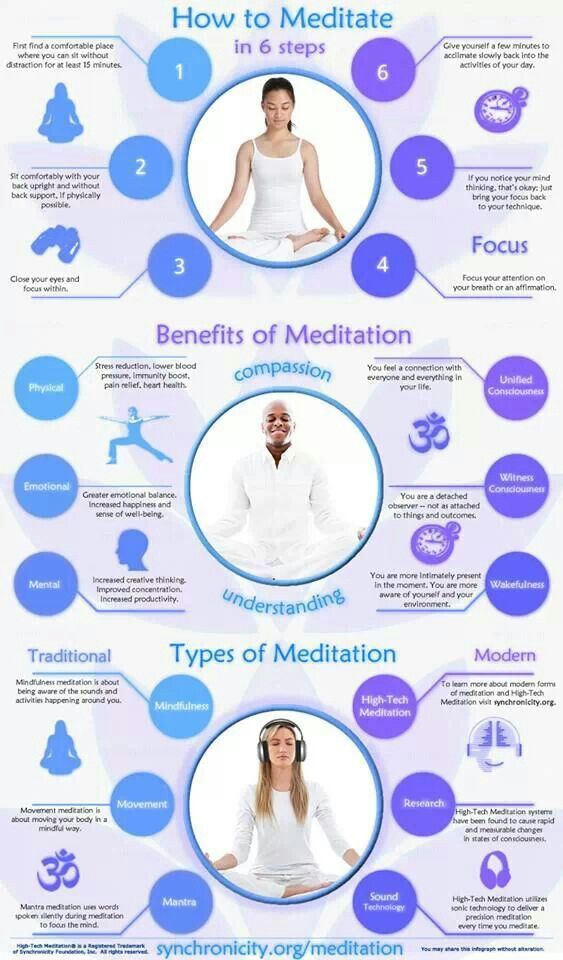 The living situation is often similar to a group home.
The living situation is often similar to a group home.
- Philadelphia, PA Depression Treatment Centers: Clinical Residence. This is what people most often think of when they think or talk about depression and rehab centers. Although these are clinical centers, they often offer a comfortable environment and on-site care and support groups.
Although the overall purpose of all these different types of objects is the same, the approach to it and how you live in each of them is different. It is important to take the time to explore what environment you think would be most beneficial to you and your experience. 1 1.F. Duval, BD Lebowitz and JP Macher, Treatment of depression - PMC, PubMed Central (PMC).; Retrieved September 27, 2022 from https://www.ncbi.nlm.nih.gov/pmc/articles/PMC3181767/.. Please make sure the Philadelphia, PA facility is accredited by the relevant organizations and licensed by the state.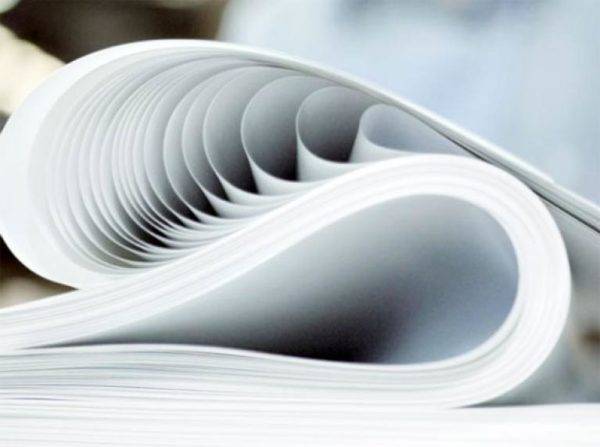
Choosing a Depression Rehab Center in Philadelphia, PA
Choosing one of the Philadelphia, PA depression treatment centers over another approach to healing and therapy can be overwhelming. This may be the best option for you, but it's important to understand that each program has its pros and cons:
Philadelphia, PA Depression Treatment Centers Pros and Cons
Benefits of Philadelphia, PA Depression Treatment Centers
- A Smooth Transition - Since you are in one location in Philadelphia, PA and receive treatment there, part of their job when it comes time to leave the premises is to to make sure it's safe for you. These centers ensure that patients have a smooth transition to a “normal” life and that they are already set up for therapy and support groups before they leave the program.
- Community. When you participate in these programs, you are living with people in Philadelphia, Pennsylvania who are in the same uphill battle as you.
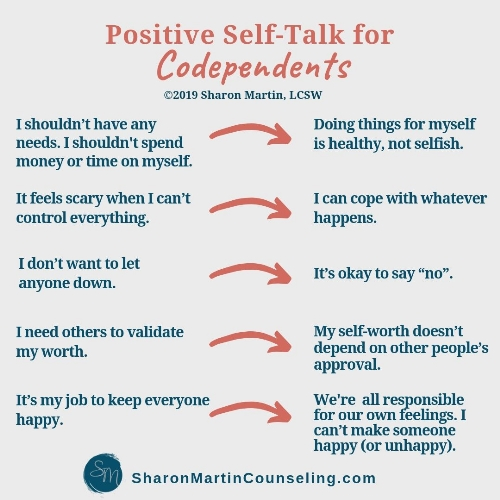 Such support cannot be replicated anywhere else and is often vital to achieving positive outcomes for those suffering from severe depression and psychiatric disorders.
Such support cannot be replicated anywhere else and is often vital to achieving positive outcomes for those suffering from severe depression and psychiatric disorders.
Cons of depression treatment centers in Philadelphia, PA
- Social transition. While the program will likely ensure that you have outpatient treatment and support groups set up before you leave, the transition from living with a group of people facing the same problems as you can be difficult for many people. That close support was probably the catalyst for your healing, and building those relationships when you no longer live in the same building as other similar people can be really hard to adjust. Especially if you don't live near people you were on the program with who also left.
- Cost - Emergency care is often covered by insurance, but these long-term programs are often not covered. Make sure you talk to your insurance company in detail to find out which option is best for you financially.
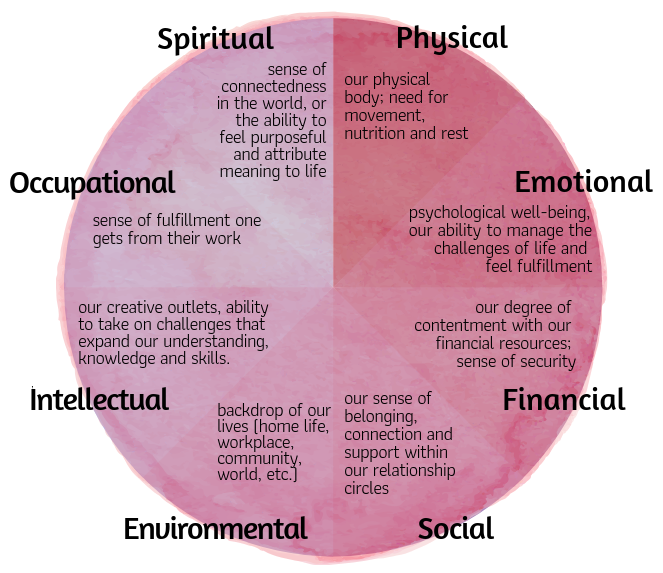
Choose from one of our depression treatment centers in Philadelphia, PA.
Below is a selection of the world's best depression treatment centers in Philadelphia, PA with prices, reviews and more. As a truly independent resource for depression treatment centers, we feature every center that meets our strict criteria, ensuring that those seeking depression treatment at {Global} have a comprehensive list of the best options.
Philadelphia, PA Depression Treatment Centers
Do I need a depression treatment center near Philadelphia, PA?
Despite the potential cost, these procedures in Philadelphia, PA are often vital to your healing and recovery. They are unlikely to be the perfect cure for depression, but they have a lot of what you might need for treatment, in one place. And you can't beat support. The cost may seem high, but it is often worth it. If you're wondering if you should look for depression treatment centers in Philadelphia, PA, here are a few top signs that you might need community depression rehab:
- Suicide idea .
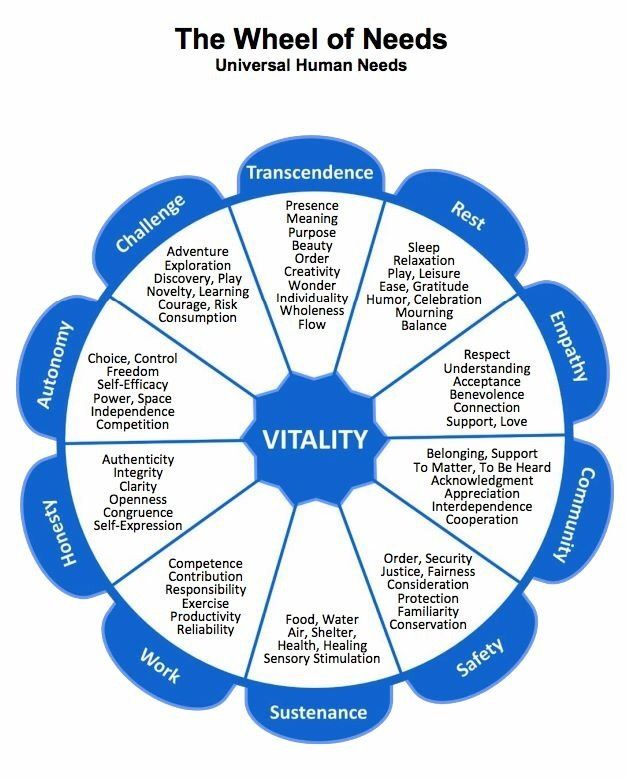 If you have suicidal thoughts, it is absolutely essential for you to seek treatment immediately, whether you choose to be treated in a hospital or not. If you regularly have suicidal thoughts or have attempted suicide, a hospital can help you stay safe and begin your journey to recovery.
If you have suicidal thoughts, it is absolutely essential for you to seek treatment immediately, whether you choose to be treated in a hospital or not. If you regularly have suicidal thoughts or have attempted suicide, a hospital can help you stay safe and begin your journey to recovery.
- Your relationship is suffering. Depression affects many things. Big? Our connection with others. And this lack of communication often exacerbates the situation. 2 2.P. Cuijpers, S. Quero, C. Dowrick and B. Arroll, Psychological treatment of depression in primary health care: recent developments - Psychiatry Current Reports, SpringerLink.; Retrieved September 27, 2022 from https://link.springer.com/article/10.1007/s11920-019-1117-x. This is a vicious circle. If you are having relationship and communication problems due to depression, you need to seek treatment. And the residential program offers many social opportunities.

- You cannot work and everyday tasks are not possible. If you can't get it to work or finish what you're supposed to, it's important to seek treatment so it doesn't affect your future abilities. If you are unable to clean the house, prepare meals, or take care of yourself, you need to seek medical attention.
- Drugs and alcohol have appeared. If you started to abuse drugs and alcohol because of depression, you may need a more targeted solution and form of treatment to help you on your path to recovery.
- Home care can be costly , but it can also be costly if you are in dire need of such care. These programs offer many social opportunities to help remind you that you are not alone on your journey.
All types of rehabilitation in Philadelphia, PA
Eating disorders treatment centers in Philadelphia, PA
Eating Disorder Treatment Centers in Philadelphia, PA
Philadelphia, PA Health Centers
Philadelphia, PA, wellness center
Philadelphia, PA Telehealth
Philadelphia, PA Telehealth
Philadelphia, Pennsylvania Teen Rehabilitation Center
Teen Rehab Center in Philadelphia, Pennsylvania Philadelphia Rehabilitation Center, PA Rehab near Philadelphia, PA
Philadelphia PA Mental Health Retreats
Mental Health Retreat in Philadelphia, PA
Philadelphia, PA Rehab Cost
Cost of Rehab in Philadelphia, Pennsylvania
Suboxone Clinics in Philadelphia, PA
Suboxone Clinic in Philadelphia, Pennsylvania Philadelphia
Anxiety Treatment Centers in Philadelphia, Pennsylvania
Top Psychiatrists in Philadelphia, PA
Top Psychiatrists in Philadelphia, PA
Philadelphia, Pennsylvania Christian Rehabilitation Centers
Christian Rehabilitation Centers in Philadelphia, Pennsylvania Philadelphia
Drug Rehab Centers in Philadelphia, Pennsylvania
Philadelphia, PA Online Rehab
Online Rehab in Philadelphia, Pennsylvania
Therapeutic boarding schools in Philadelphia, PA
Therapeutic boarding school in Philadelphia, Pennsylvania
Neurofeedback near Philadelphia, PA
Neurofeedback Philadelphia, PA
Philadelphia, Pennsylvania Public and Free Rehabilitation Center
Public rehabilitation centers in Philadelphia, Pennsylvania
Learn more about depression from our archives: click here
Find a Depression Therapist in Philadelphia, PA
Company Name Rank Categories Phone number Address Women's Therapy reviews 4
Counseling and mental health, nutritionists, psychiatrists +12158476749 325 Cherry St, Philadelphia, PA 19106 Mechanicsville Growth/Therapy Center reviews 16
Counseling and mental health +12673249564 9044 Mann Dr. , Ste C33, Mechanicsville, VA 23116
Rittenhouse Psychiatric Associates reviews 6
Psychiatrists, counseling and mental health +12673586155 1528 Walnut St, Ste 1414, Philadelphia Health Service, Philadelphia, PA 19102 Elizabeth Earnshaw, MFT reviews 2
Counseling and mental health +12678380066 1500 Walnut St, Philadelphia, PA 19102 Olga S Perez reviews 6
Life coach, counseling and mental health +12678885068 1700 Market St, Philadelphia, PA 19103 Jeremy Frank, PhD reviews 4
Psychologists, Rehabilitation Center +12153568061 2 Bala Plz, Ste 300, Bala Cynwyd, PA 19004 Natalie Nesbitt, MS, LPC, NCC reviews 3
Counseling and mental health +14843207898 30 S Valley Rd, Ste 304A, Paoli, PA 19301 Thriveworks reviews 16
Counseling and mental health, life coach +12153999764 1518 Walnut St, Ste 202, 208, Philadelphia, PA 19102 Better You Institute reviews 5
Sex therapists +12674954951 123 S Broad St, Ste 1835, Philadelphia, PA 19109 OCD CBT Conscious stress and anxiety management 1 review(s)
Counseling and mental health +16105173127 2401 Pennsylvania Ave, Ste 1C-52, Philadelphia, PA 19130 Aviva Gaskill, PhD reviews 2
Psychologists +14842220765 105 Bala Ave, Bala Cynwyd, PA 19004 Full life: psychotherapeutic practice 1 review(s)
Psychologists +12154947818 1904 South St, Philadelphia, PA 19146 The art of wellness reviews 12
Counseling and Mental Health, Nutritionists, Skin Care +12156273339 1930 S Broad St, Unit 16, Philadelphia, PA 19145 Alison Nerenberg Psychologists Associates, PC reviews 5
Psychologists +16103317303 8627 Germantown Ave, Philadelphia, PA 19118 Joan Perilstein, PhD reviews 3
Psychologists, Hypnosis / Hypnotherapy +12155644669 1518 Walnut St, Ste 1202, Philadelphia, PA 19102 Live Therapy 1 review(s)
Counseling and mental health +148458 407 S 10th St, Philadelphia, PA 19147 Open city healing art reviews 21
Psychologists +12155457040 1518 Walnut St, Ste 401, Philadelphia, PA 19102 Women's Therapy 1 review(s)
Counseling and mental health, Psychiatrists, Nutritionists +12158476749 33 Rock Hill Rd, Ste 100, Bala Cynwyd, PA 19004 Thriveworks reviews 8
Counseling and mental health +12155436271 1800 John F Kennedy Blvd, Ste 1404, Philadelphia, PA 19103 Cognitive behavioral counseling 1 review(s)
Psychologists +14844017380 1062 E Lancaster Ave, Ste 13-A, Bryn Mawr, PA 19010 Spilove psychotherapy group 1 review(s)
Counseling and Mental Health, Yoga +14847846244 19 Elliott AvenueBryn Mawr, PA 19010 All in Solutions 1 review(s)
Rehabilitation center, Psychologists, Drug addiction medicine +18563365806 1930 Marlton Pike E, Bldg. T, Cherry Hill, NJ 08003
Maureen Fiorelli, MFT reviews 2
Psychologists +14155167064 Philadelphia, PA 19147 Serenity Solutions 1 review(s)
Counseling and mental health +12673178817 255 S 17th St, Ste 1008, Philadelphia, PA 19103 Christina Ferrari, MS ED reviews 2
Psychologists +14842659532 551 W Lancaster Ave, Ste 212, Haverford, PA 19041
Depression Rehab Philadelphia, PA
- 1
1.F. Duval, BD Lebowitz and JP Macher, Treatment of depression - PMC, PubMed Central (PMC).; Retrieved September 27, 2022 from https://www.ncbi.nlm.nih.gov/pmc/articles/PMC3181767/.
- 2
2.P. Cuijpers, S. Quero, C. Dowrick and B. Arroll, Psychological treatment of depression in primary health care: recent developments - Psychiatry Current Reports, SpringerLink.
; Retrieved September 27, 2022 from https://link.springer.com/article/10.1007/s11920-019-1117-x.
Our Philosophy
Athletic Strength Training Studio Heavy Duty
From time immemorial, our people, hardened by a harsh climate and strengthened by incessant work, loved strength and becoming in a person. The holiday was not a holiday if heroic fun was not started on it - wrestling, valiant fistfights, spontaneous fights.
Everyone tried to show what he was capable of. Throwing off their coats, good fellows approached the heavy sleigh and, sitting down, surprisingly honest people, lifted them on themselves. Before people have time to marvel at one strong man, and another, you see, is tying an iron poker into a knot.
- Eka unseen! - Shouts hurt neighbor. - You better, brother, break the horseshoe, like me. Then let's see who is stronger!
Face turned purple.Muscles bulged in powerful arms. And now, under the enthusiastic rumble of the crowd, pieces of torn iron are flying to the ground.
For fun, a strong man will tear off his hat from a gaping peasant and, lifting the frame, slip it under the corner of the hut.
- Come on, take it back!
This and that and that, but still nothing. And the people laugh:
- Oh, you weakling! I ate little porridge!
And what could be worse than a raging bull! To whom life is dear - both old and young - crumble like peas. Who climbs a tree, who climbs a fence. They fly, but not all. Suddenly a guy appears, slanting a fathom in his shoulders, grabs the bull by the horns, slowly bends to the ground and knocks him down.
In the XVI-XVII centuries there was a very special dangerous and risky sport in Rus'. The cramped area was surrounded by a wooden wall, behind which a crowd gathered, fans of the no-current. The bear was released. And then the brave fellow went out into the corner. He walked in front of the bear's nose, like a bullfighter before a bull, beat the drum, blew the pipe until the mighty beast went into a rage.And the fight began. Zipun in the blood. Ribs crack. The tubercles of the muscles swell. Sometimes blood will be shed. And yet the man usually prevailed. Hasn't the expression "bear power" come down to us since those times?
The 19th century brought with it an awakening and interest in sports and physical development. The world seemed to feel, speaking in the words of an ancient Greek hymn, that "health is the highest good for mortals, the second is to be beautifully built."
In 1885 Dr. VF Kraevsky opened his own athletics club in St. Petersburg. Wrestlers and kettlebell lifters, gymnasts and boxers gathered here. Lifting weights was especially popular among the circle members. One of the doctor's best students was the remarkable athlete Georg Hacken-schmidt.
Athletes of those distant days solved not only sports, but also aesthetic problems, tried to achieve ancient Greek models in their development, strengthened health, which, according to Hacken-schmidt, "is an invariable consequence of strength."
Already at the turn of the century, athletic magazines were published in Russia: Hercules, Beauty and Strength, Russian Sport, and others. Dozens of books on athletic development were published. Various athletic clubs, circles, arenas, offices, health schools, etc. were opened in different cities. Domestic systems of physical development Anokhin, Dmitriev, Lebedev, and others appeared. Of the eighteen sports cultivated in Russia before the revolution, in terms of mass character (of course, on the scale of those years) power sports firmly occupied one of the first places.
Kraevsky set a good example, which was then followed in Moscow, Riga, Tsaritsyn, Kyiv, Nizhny Novgorod, Reval and other cities, where athletic circles also arose. “We have a sport,” one of the St. Petersburg sports publications wrote already in 1901, “which is still very widespread, athletics.”
This is no coincidence. If equestrian sports or, say, tennis were available only to very rich people, then almost everyone could engage in dumbbells or kettlebells.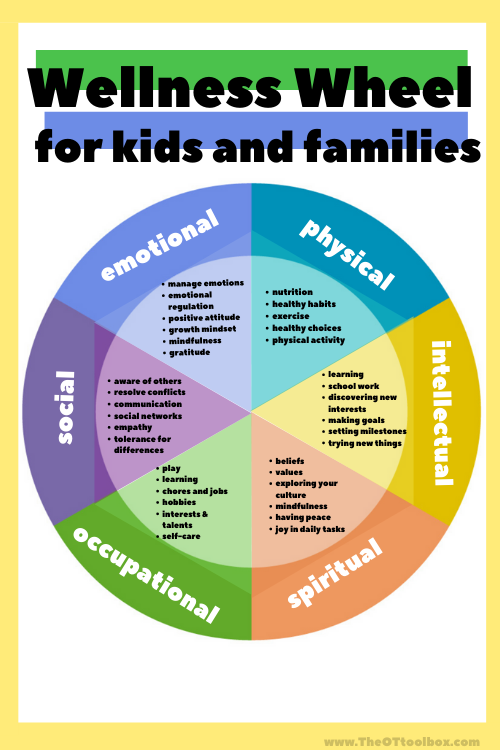
By the way, the athlete Evgeny Sandov played a big role in popularizing strength training, several books of which were published in Russia at the turn of the century. Sandov was born more than a hundred years ago, in 1867. In his youth, he was rather "delicately" complex and he himself would probably be surprised if he were told that he would become a famous strongman. The boy studied very well and showed such abilities in mathematics that he was predicted a great future in this science. Eugene's father, a successful jeweler, hoped that over time his son would take a high position in the same circles where he himself moved. Therefore, the father was unpleasantly surprised to find in his offspring an indestructible craving for "plebeian" entertainment: circus, wrestling, acrobatics. To distract his son and at the same time reward him for his academic success, he took him to Italy for the holidays. Walking through the galleries of Rome and Florence and admiring the sculptural figures of ancient athletes, Sandow looked at his contemporaries and wondered: why can't they be just as strong and beautiful?
Returning home to Koenigsberg, Sandow set to training with even greater passion.In Brussels, where he soon began to study at the Faculty of Medicine, anatomy became his favorite subject. (It is interesting that at different times doctors took an active part in the promotion of weight training. The famous ancient physician Galen, back in the 11th century, in his work entitled "Preservation of Health", described and commented on several exercises with dumbbells. In the USA, an ardent supporter of athletic exercises was Dr. Winship July 1859year at the Boston Music Hall, he gave a lecture on this topic, which was accompanied by a demonstration of exercises. Finally, VF Kraevsky was also a doctor.)
Sandow spent whole days in the anatomist's office. He applied the acquired knowledge in gymnastics and wrestling. The father found out that his son was still wandering around the athletic arena, and it came to an open quarrel. Sandov did not want to submit to his father's will. As a result, he had to rely only on himself. Thus began a hectic life for him: frequent moving, fights on the carpet, "muscle play", power numbers, posing for artists and sculptors.![]()
In Sandow's time, the athletic arena was dominated by strong men like the Canadian Louis Cyr, whose weight was 160 kg. Sandow was nothing like them. He was of average height, and weighed only a little over 80 kg. It seemed that he would not see success in a duel with such cyclops. However, Sandow, this "sorcerer of posture", knew how to do more than just pose. He held the world record in the one-arm press - 101.5 kg. In 1891, he pushed (also with his right hand) a barbell with a non-rotating bar weighing 114.5 kg. Sandow did 200 push-ups while lying down. At 19In 03, the athlete set a kind of record: standing on a handkerchief with heavy dumbbells in his hands (each weighing one and a half pounds), he did somersaults and landed exactly on the handkerchief. This is just a small part of what he could do.
For many of his contemporaries, Eugene Sandow was the living embodiment of athletic beauty. In 1911, King George V of England awarded him the title of Professor of Physical Development.“Even if Sandov was not a world weightlifter,” wrote L. Chaplinsky, chairman of the All-Russian Weightlifting Union, “he nevertheless has every right to count on the gratitude of future generations and on immortality in the science of physical development for the very reason that he was the first successful popularizer and partly the creator of the dumbbell system. Today, the most prestigious award in bodybuilding is the statuette of Eugene Sandov, awarded for winning the Mr. Olympia, whose most famous owner, 7-time Mr. Olympia - Arnold Schwarzenegger.
Note that in Russian athletics, attention to the beauty of the body was felt very strongly. For example, such an athletic magazine as "Hercules" constantly printed articles on the aesthetics of sports, published photographs of ancient sculptures and superbly built people (such as Stepanov, who received the first prize for the beauty of constitution in 1913). This conversation about the aesthetics of strength was carried on from issue to issue.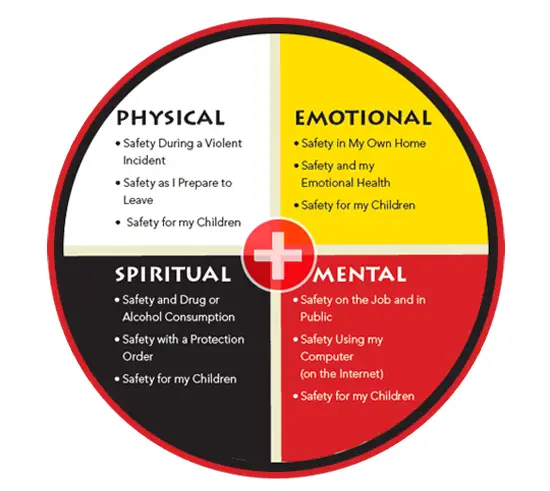
While developing strength, athletes simultaneously developed their muscles. For a long time, one was considered as a natural continuation of the other. However, already at the beginning of the century, athletes began to come to the conclusion that the development of strength and the development of muscles are not exactly the same thing. 1909) says:
"Physical exercise can have two goals:
1. Reaching the highest limit (record).
2. Development of the whole body and various muscles, while increasing strength and health.
To achieve a record, one must prefer some any separate branch of physical exercise or sport. As for lifting weights, it is impossible to achieve a beautiful development of the body by weight exercises alone, since the beauty of the muscles depends on frequent and varied movements.
Athletes of the beginning of the century nevertheless lifted weights and competed in athletic beauty contests. However, a process of differentiation has already been outlined in athletics, which, sooner or later, should have led to the emergence of two separate areas: weightlifting and bodybuilding (athleticism).Let's see why.
At the turn of the century, athletes performed many strength exercises. These exercises more or less evenly developed the skeletal muscles. The mode of work "at times" contributed to the rapid development of muscles and, consequently, weight gain. But, as a rule, this did not bother the strong men, because there were no weight categories.
In the future, two trends emerged - a slow but steady reduction in the competition program and an increase in the number of weight categories.
In the early days of weightlifting, exercise was invisible. It's hard to even list them all. The 1903 World Championship program already consisted of 11 exercises. In the 1920s and 1930s weightlifters competed in five lifts. The VIII Olympic Games in Paris in 1924 were also held under the pentathlon program. By the end of the 1930s, only three out of five movements remained in the program of weightlifting competitions. However, the tendency to reduce the program still continued to operate, and triathlon before our eyes logically turned into a biathlon (snatch and jerk), which still exists today.
However, for some weightlifting reformers, even two exercises turned out to be a lot. From across the ocean (from the USA) at one time voices began to be heard: let, they say, the athlete, as he pleases, raises the maximum that he can lift. Why impose on him some artificially created biathlon? A jerk, a push ... Leave a single, so to speak, free movement, and that's it!
Now, however, such appeals have subsided. But who knows if the thirst for reform will wake up in a few years?
On the other hand, the fewer exercises remained, the more weight categories became. At the first unofficial world championship, which was held in Vienna in 1898, there were none at all. At the IV unofficial world championship (Berlin, 1905), competitions were held in three weight categories: up to 67.5 kg, up to 80 kg and over 80 kg. In 1910, at the World Championships in Düsseldorf, one more weight was added - up to 60 kg.
In 1914, the chairman of the All-Russian Union of Weightlifting, L.Chaplinsky, submitted a proposal to the World Union to establish five weight categories: up to 60, up to 67.5, up to 75, up to 82.5 and over 82.5 kg. The offer was accepted. And at 19In 2020, at the World Championships in Vienna, athletes were divided into five such weight groups.
The situation seemed to have stabilized. Really. For more than a quarter of a century - 27 years - there has been no change in this area. They were brought in 1947, when the sixth weight category appeared at the World Championships in the American city of Philadelphia - up to 56 kg.
Four years later, changes began again, as a result of which (already on the other flank) there were categories up to 90 kg and, of course, over 90 kg. In accordance with this, competitions were organized at the World Championships in Milan at 1951 years old.
New changes took place only 18 years later, when at the next World Championships in Warsaw the heaviest athletes began to compete in the categories up to 110 kg and over 110 kg.The lightest have found shelter in the mini-category - up to 52 kg.
And finally, in 1977, another (tenth in a row) weight category was introduced - up to 100 kg.
What did it all mean? If at the beginning of the century absolute strength mattered for victory, now relative strength has come to the fore. Weight categories allowed weightlifters to compete in the same conditions. This is their positive value. However, having fallen into the narrow framework of the weight category, weightlifters could no longer gain weight as freely as in the old days. Of course, no one is forbidden at any time to move to another, higher category. But there the athlete will have to reassert his authority, meet with unknown rivals, and sharply raise the level of his achievements. Prospects for winning the championship at the new weight are often problematic. This is what forces athletes and their coaches to delay the transition to another weight until the last opportunity. Therefore, in practice, most often there is a shift not in the direction of heavier categories, but, on the contrary, in the direction of lighter ones.Athletes try not to gain weight, but to lose weight. As a rule, each of them, if we take the natural, not artificially restrained weight as a starting point, acts as a weight category lower. So, an athlete usually weighing 59kg (weight category up to 60 kg), most likely, by the beginning of the competition will drive 3 kg and will compete in the bantamweight - up to 56 kg.
So, the conditions of the competition - the presence of weight categories and the aiming of participants to achieve maximum success in biathlon - stimulated the search for such training methods in which strength increases to the greatest extent, and weight does not increase or increases very slightly. In recent years, such methods have been found. The search for these methods has been going on for decades. Not only at the beginning of the century, but also many years later, the training was such that, while developing strength well, the athlete simultaneously improved his physique, formed beautiful and relief muscles.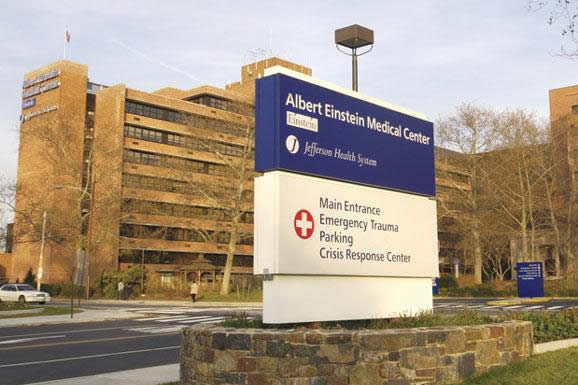
In the 1920s and 1930s, the weightlifting technique was still sufficient to provide both muscle development and strength gains. There were different views on bench press training. Both the book by M.A. Yakovlev (1927), and the manual by A.V. Bukharova (1932) talk about the expediency of performing a large number of repetitions in one approach. Even after the war, the method of weightlifting for a long time was a kind of compromise between the development of strength and muscle development. N. I. Luchkin is the author of one of the best textbooks, published at 1947, - writes: "For example, an athlete can squeeze 50 kg, 10 times in a row, and 55 - only 6-7 times. Therefore, the main training weight for him should be 55 kg, which he must eventually lift 10 times in a row ... After 55 kg, the athlete should already move on to the next weight - 60 kg, which he naturally lifts at first no more than 6-7 times. Having brought the number of lifts to 10, add weight again, etc. "
But already in a book published in 1956, N.I. Luchkin notes: "It should be recognized that a positive role in the development of maximum strength by classical exercises, as well as in the coordination of efforts with the form of movement, should be played by weight close to the limit, limiting" .
If at the beginning of the 20th century, weightlifters lifted the projectile 10, 15 and even 20 times in a row, then over the years the number of repetitions has steadily decreased, but the weight of the training bar has constantly grown. In the end, this led to the fact that now weightlifters lift the projectile 1-3 times in one approach.
Of course, weightlifting today not only develops strength, but also forms a heroic build. However, the primary goal of weightlifting is the maximum result in biathlon. Everything is subordinated to this goal. Therefore, a modern weightlifter cannot afford to work out all muscle groups equally for the sake of the idea of versatile harmonic development. He cannot sharply deviate from the set mode of work and, say, perform many repetitions, improving muscle relief.In short, modern specialized sports are very strict in their choice of means. He cannot afford anything superfluous, nothing that does not work for the result.
When they began to perform exercises with 1-3 repetitions in weightlifting, it became especially noticeable that, having won a lot (the results in the exercises reached unprecedented heights), weightlifters at the same time were not able to solve some problems that they had previously been up to . Strength became more, strength endurance - less. Specialization in three (and then two) exercises led to a change in the topography of strength: with a strong development of the extensors of the arms, legs and trunk, some muscle groups (for example, chest and abdominals) were in the shadow. Maximum stress is not capable of stimulating the growth of muscle tissue to the same extent as before.
Thus, people were faced with a choice:
1) either develop strength and specialize in lifting weights;
2) or develop strength (to a lesser extent compared to weightlifting) and strength endurance (to a greater extent), improve health, harmoniously develop muscles, form a beautiful athletic build.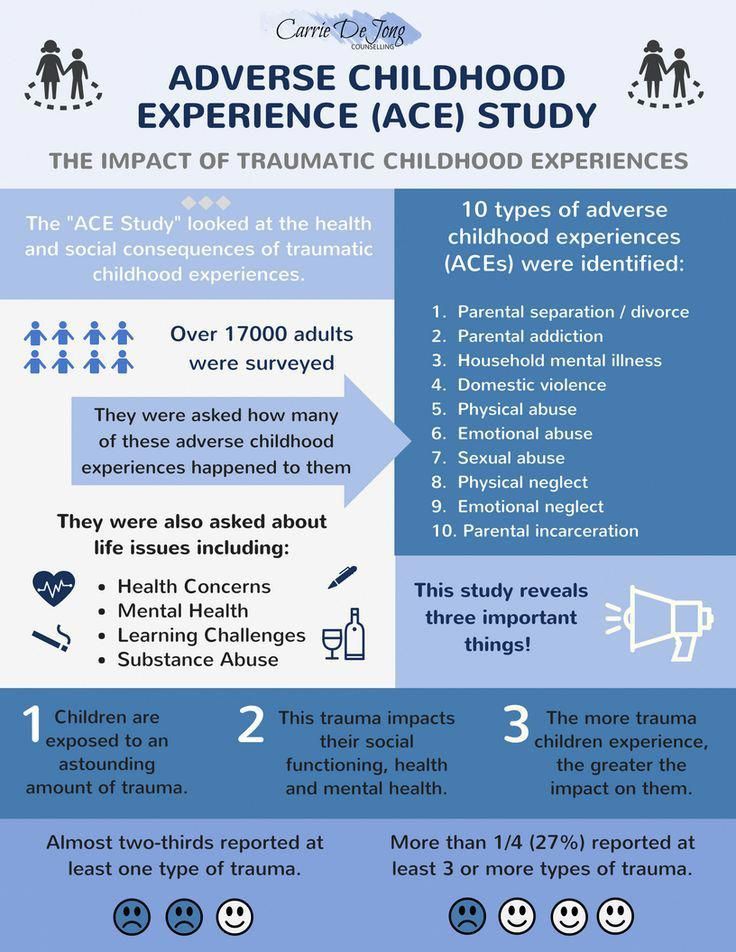
Thus arose the need for an independent system of strength exercises, interest in which, in fact, never disappeared. The desire for versatile development, health, beauty of addition has always existed. The beauty of a strong human body was sung by Goya and Leonardo da Vinci, it inspired Jack London and Alexander Blok, it was dreamed of by Anton Chekhov and Leo Tolstoy, who wrote: "The beauty of bodily forms always coincides with the concept of healthy strength, active vital energy" .
Consciously or unconsciously, every person is drawn to beauty, strength and health. “Actually speaking,” writes the world record holder in weightlifting A. Kalinichenko, “athleticism is not even a Columbus discovery. I was a boy, and then the term “athleticism” and the current disputes around it did not yet exist, but, as far as I remember, I, and many of my peers were engaged in exactly athleticism. Only it was called "build muscles". Then we did it without a system and knowledge of exercises.Now there is both. That's the whole difference. "
In ancient Greece, strong health and the beauty of a strong human body were valued above all else. As Hegel wrote, "The Greeks first transformed themselves into beautiful forms, and then objectively expressed them in marble and paintings."
In the historical novel "Thais of Athens", the writer Ivan Efremov left us a memorable image of a Spartan, one of those who could serve as a model for an ancient sculptor.
“The footbridge was lowered from the pier. One of the drawbar stallions, going first, suddenly refused to step on a bending tree and jumped straight onto the pier. The ship tilted from a powerful push, and the second white horse, which followed its brother, could not jump out of the ship, and, having caught on the edge of the pier with its front hooves, remained on its hind legs. The ship began to move away from the pier. The gap between the wall and the side began to increase. Egesikhora saw how all the horse's muscles tensed in an effort to hold on, a large vein on the side of the abdomen swelled up.The Spartan woman rushed to the horse, but a warrior who jumped from the pier overtook her. The ship swayed, the horse's hooves began to slide off the log, but the warrior, with amazing courage and strength, pushed the stallion under the croup, literally throwing him onto the pier. He was unable to avoid the impact of his hind legs and fell to the rickety deck, but immediately rose unharmed.
- Praise Menedemos! - shouted the leader of the Spartans, and Egesichora rewarded the strong man with a hot kiss.
...Menedemos stood on the deck in admiration for the black-haired Athenian, whose copper tan and gray eyes were accentuated by a yellow tunic. The Spartan was dressed only in epoxy, a short chiton fastened to one shoulder. The only sign of a warrior on him was a wide belt. In the struggle with the horse, the tunic fell from his shoulder, exposing the Spartan to the waist. Thais looked at him with curiosity, suddenly remembering Polikletov the Spearman, whose model was also a Laconian youth.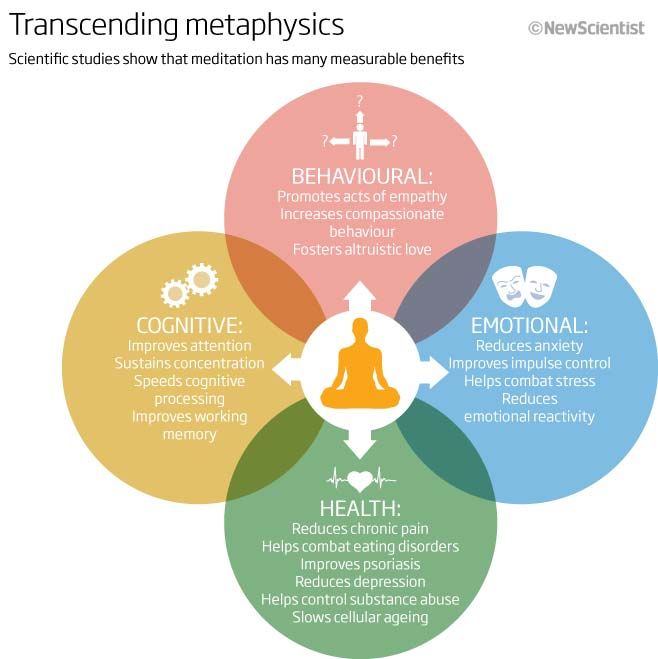
Learn more
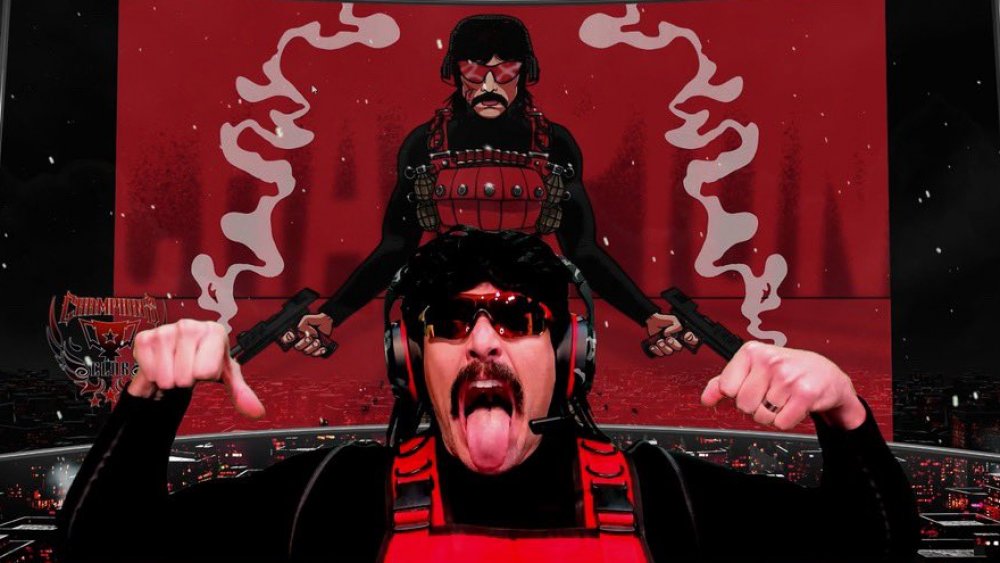
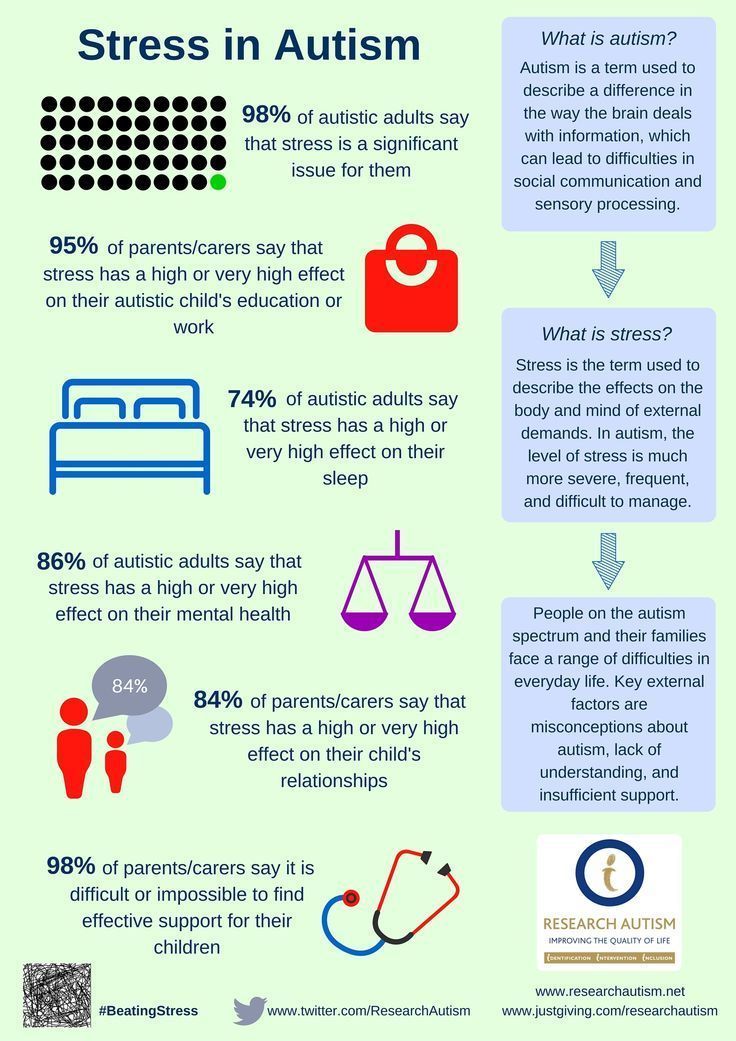

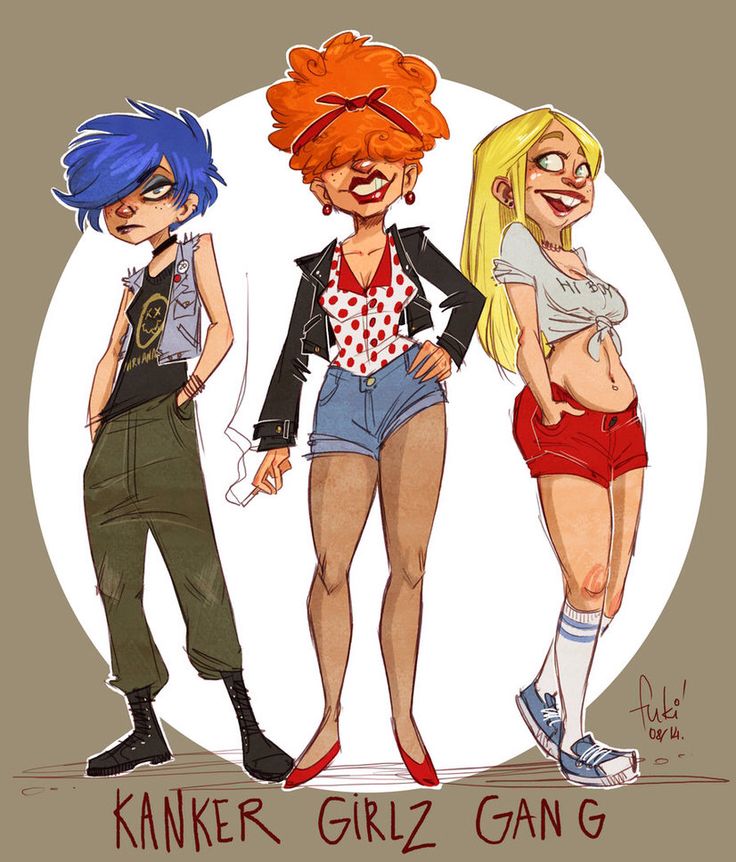
-Cap-30mg-UK-2.jpg)
